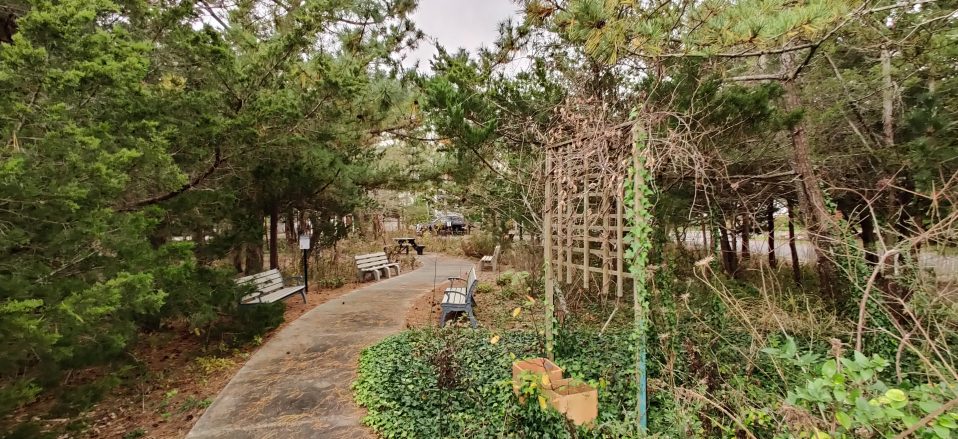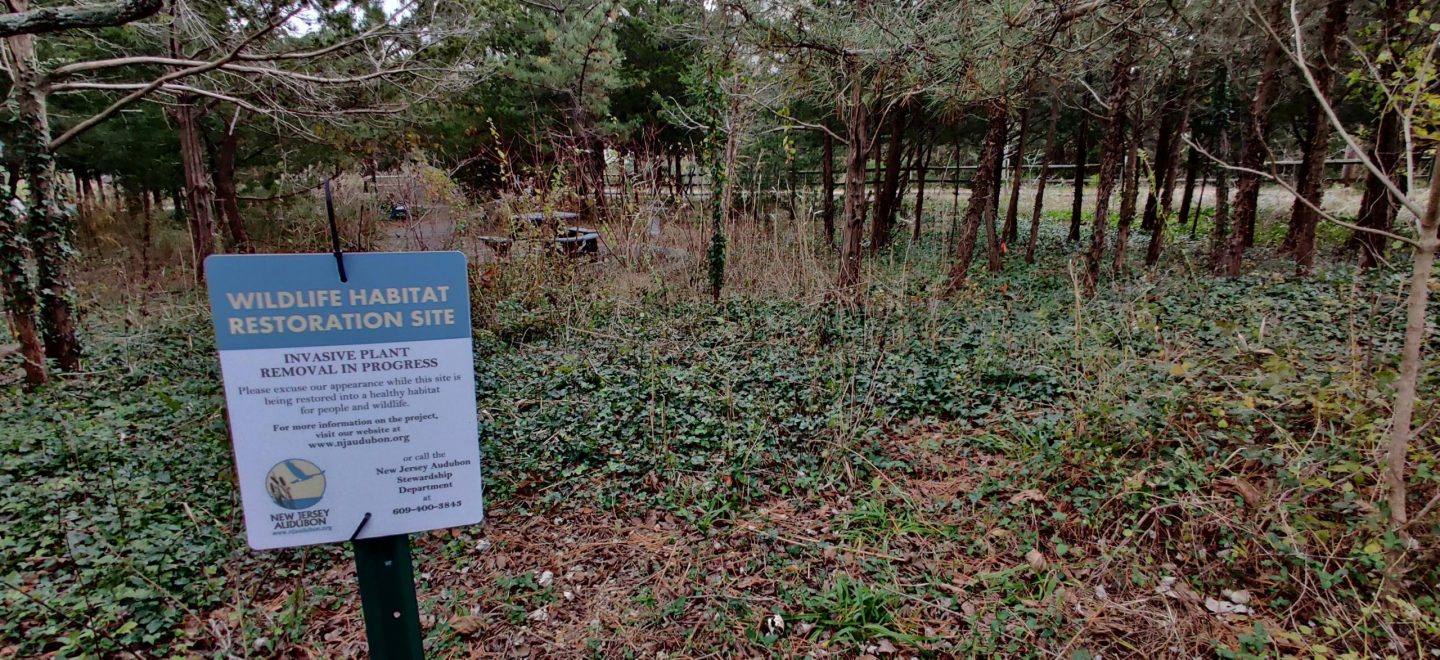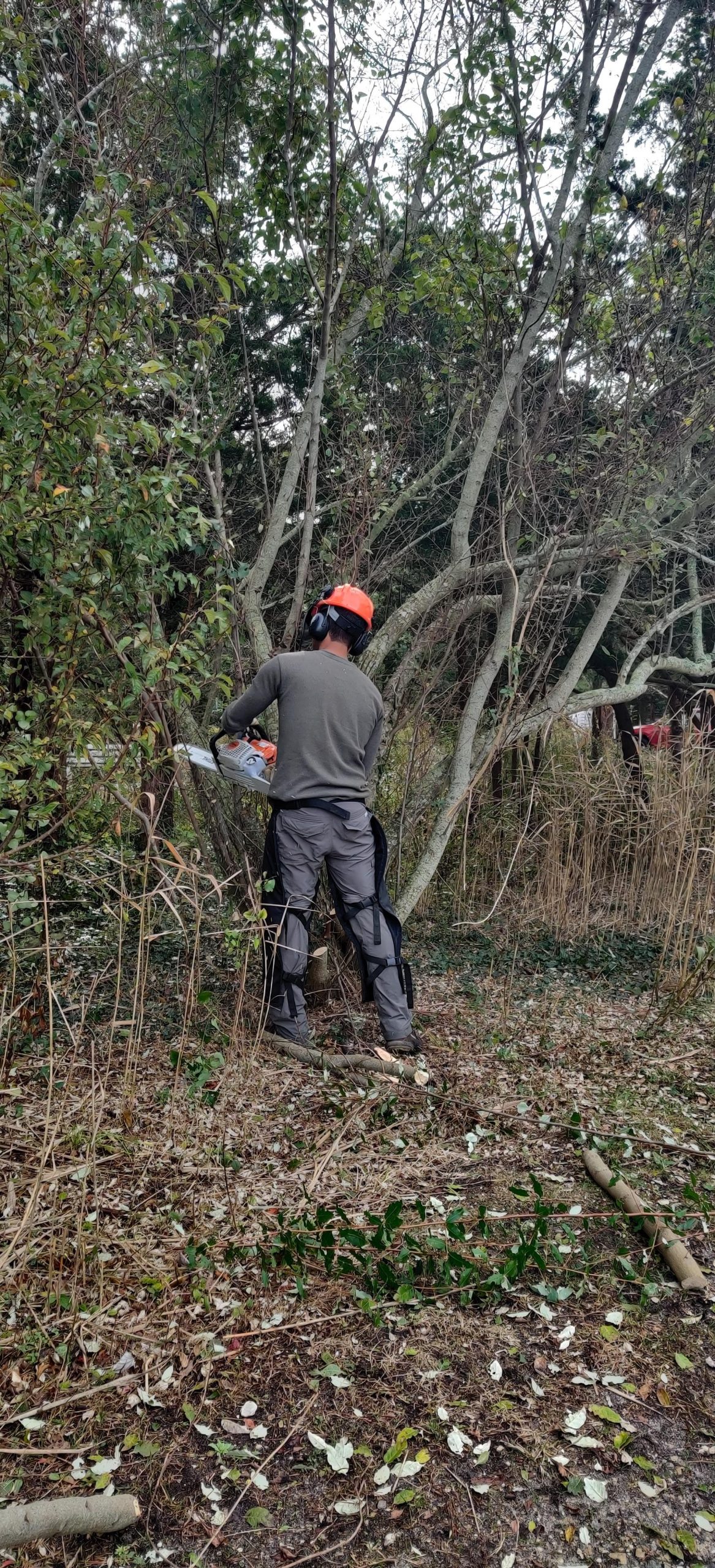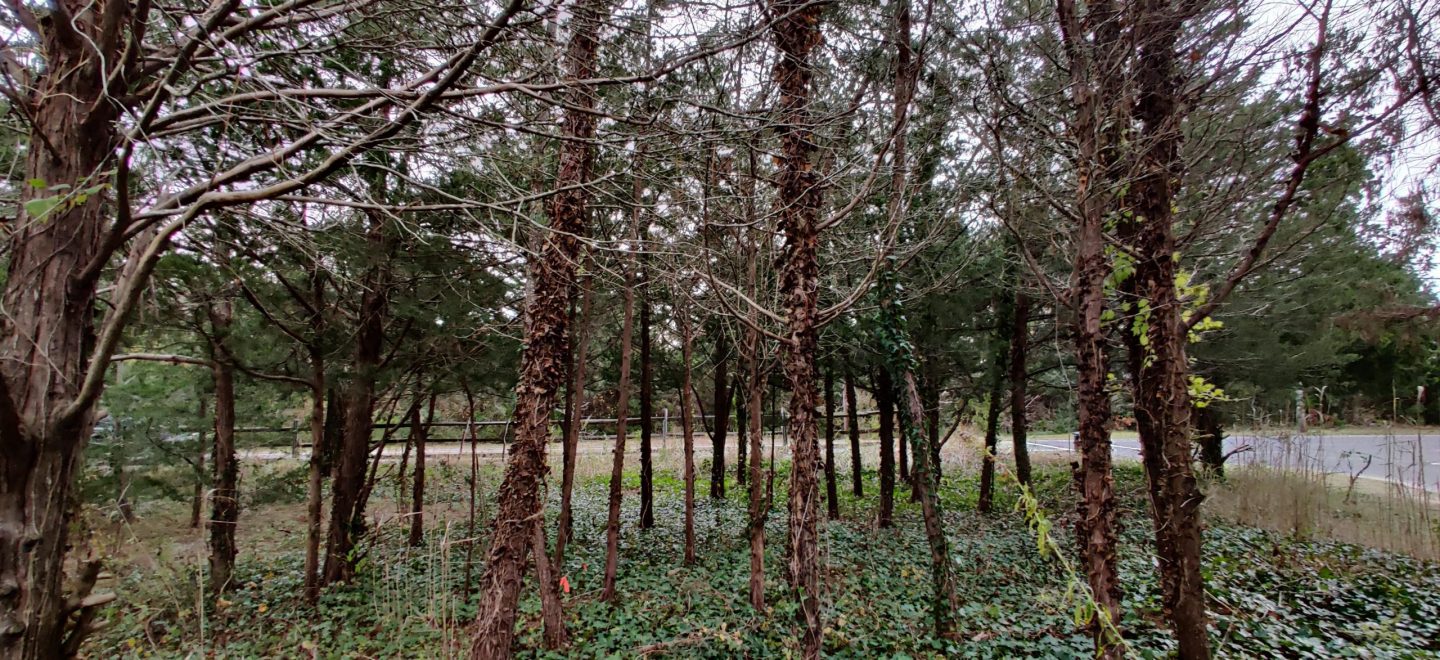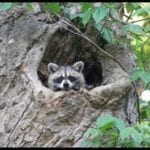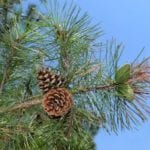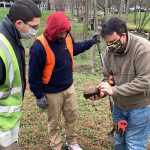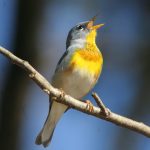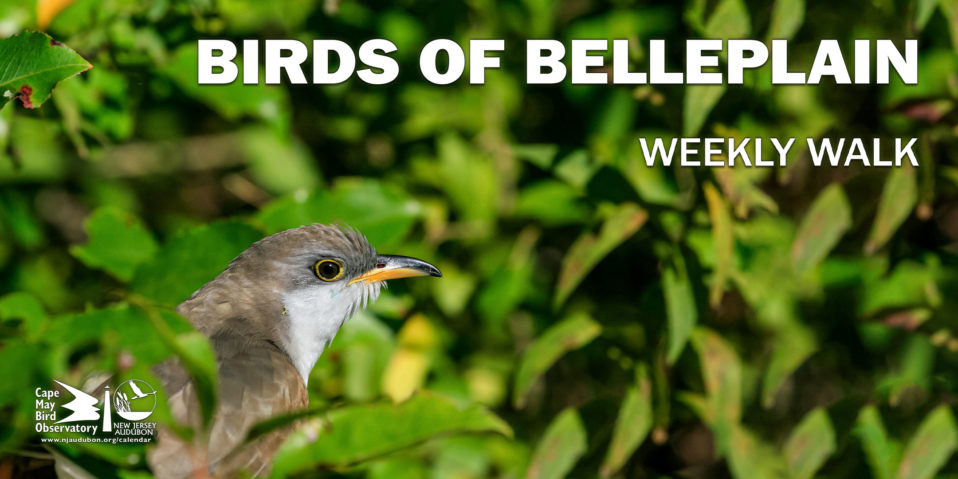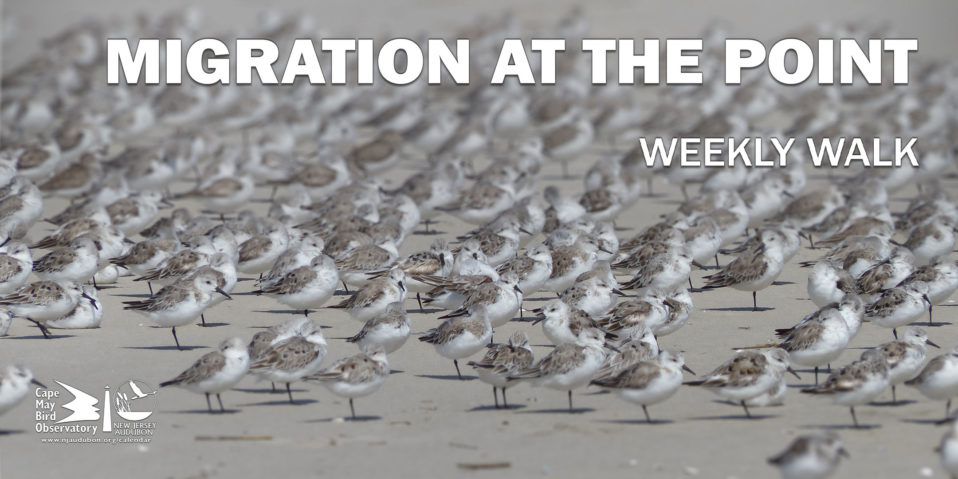By Steven Garcia
The smallest spaces can often bring the greatest joy, and Triangle Park is no exception. Located in Cape May Point, Triangle Park is nestled between three streets giving it its title. Albeit small, Triangle Park packs a lot into a small space, showcasing two very different but important habitat types we see in New Jersey. This is especially unique when considering that many local parks can often consist of large areas of lawn, which is familiar but displays a manicured and unrealistic depiction of nature.
Triangle Park is different, providing all who enter a tiny glimpse into two different worlds that exist in the State. The park is split into two distinct halves with a concrete walkway connecting the two. The northern half is a meadow filled with many important, and locally adapted, native pollinator plants that explode into a cascading symphony of color during spring, summer, and fall. The immediate benefit of these plants is their pleasing aesthetic, but the real treasure lies in the important ecological services they provide. These native plants provide several benefits to local wildlife, whether that be food, shelter, or as a host plant that insects rely on for important stages of their life cycle. It can be extremely rewarding to observe this unique relationship as these plants are inhabited by equally beautiful and intriguing insects that use this “flower-tropolis” to raise future generations. This section of the park has been historically managed by the borough and a team of volunteers, maintaining the meadow and preventing invasive plants from taking over.
The southern half of the park presents an immediate transition into a young forest, showcasing a different habitat structure that includes an overstory, understory, and groundcover. Woody plants reign supreme here, providing different benefits to wildlife but also providing the ideal space for forest compatible herbaceous plants. Showy flowers are less apparent here but that is made up by the excellent cover available for wildlife such as birds which are often seen foraging and nesting. This can be the perfect entertainment for those sitting on one of the nearby benches. Instead of sod grass covering the ground, pine needles, twigs, shrubs, and vines provide complex and beneficial structure for wildlife. However, with all the great benefits we currently see in the woodland, its potential has been stymied due to the invasive plant species present.
In the past, volunteers have mechanically removed invasive plants, which have helped reduce their spread, but as we know too well, can be extremely challenging. Invasive plant removal is important as their presence can be detrimental to the environment. These plants grow and spread aggressively, often taking over areas in a relatively short amount of time. Their presence often pushes out other species of plants and dramatically reduces diversity. Unlike the native locally adapted pl
ant community, invasive plants are non-native and the space they fill up is not ecologically equal to space taken up by the native plant species. This is because these non-native plants are not familiar to the native insects, which co-evolved with the native plant community. This results in a disruption of the very foundation of the food web which has overarching effects to birds, mammals, reptiles, insects and more. In the end, an area taken over by invasive plants will fail to contribute the necessary resources in the form of food and shelter, drastically reducing the ecological services and value of an area.
To help solve this problem, the Borough partnered with New Jersey Audubon to manage the habitat and remove invasive plants in the southern half of the park. Progress has gone well with the successful removal of many invasive shrubs and vines. As the project progresses and invasive plant pressure decreases, the native plants will help add more diversity to the area as well as fill in areas that were once occupied by invasive plants. This will aid the native plant regeneration and make the park more resilient.
This small space will serve as a model for homeowners who are looking to create wildlife habitat in their own yard. In fact, in 2017, the communities that make up Cape Island, including Cape May Point, became a certified Community Wildlife HabitatTM through National Wildlife Federation; New Jersey Audubon is the National Wildlife Federation’s State Affiliate. The Community Wildlife Habitat Program helps recognize communities that have come together to create wildlife habitat on both public and private land. The project at Triangle Park will help support this endeavor. In addition to the wildlife habitat provided, New Jersey Audubon and Cape May Point plan to host workshops at the park to help raise awareness in the community about the habitat needs of wildlife, and provide guidance for how nearby landowners can undertake similar projects on their properties, turning their yards into havens for wildlife.
If you are interested in contributing to this effort and others like it, please contact Stewardship Technician Steven Garcia at [email protected]! And for more information on how you can create wildlife habitat in your own backyard, visit www.njaudubon.org/gardening-for-wildlife/




